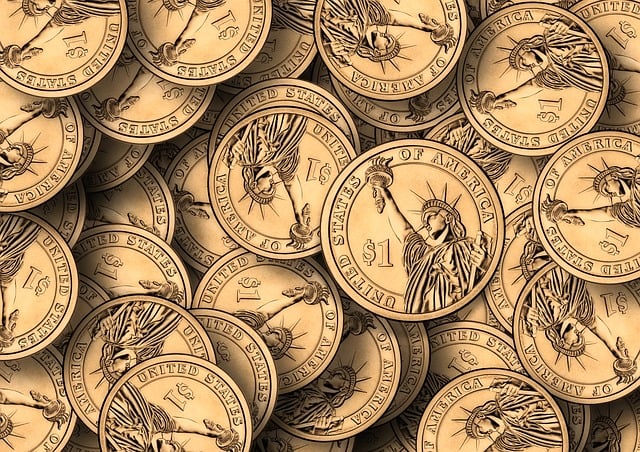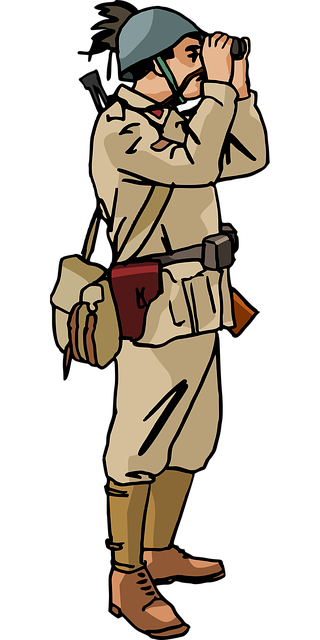The 1st Cavalry Division Flag serves as a powerful educational tool, enhancing understanding of military heritage, fostering camaraderie, and cultivating empathy in young learners. Its vibrant colors and symbolic design spark discussions on history, culture, and civic duty. Interactive activities centered around the flag build pride, community, and collaboration among students, teaching patriotism and a deeper connection to their country's heritage. Integrating this symbol into educational programs strategically engages youth, preparing them academically and personally through self-reflection and development of essential life skills.
The 1st Cavalry Division Flag, with its rich symbolism, serves as a powerful educational tool for youth programs. This article explores how incorporating historical and cultural heritage through flag-based activities can foster pride and community among young minds. We delve into the practical design of educational programs centered around the 1st Cavalry Division Flag, offering insights that showcase its potential to enhance learning and create lasting connections to history.
- The Power of Symbolism: Unveiling the 1st Cavalry Division Flag
- Incorporating History and Heritage in Youth Education
- Fostering Pride and Community through Flag-Based Activities
- Designing Educational Programs: A Practical Approach Using the Flag as a Tool
The Power of Symbolism: Unveiling the 1st Cavalry Division Flag

In educational programs aimed at youth, symbolism plays a powerful role in fostering understanding and engagement. One compelling example is the study of the 1st Cavalry Division Flag. This emblem serves as more than just a visual representation; it encapsulates the history, values, and mission of the division. By delving into the symbolism behind the flag’s design, young learners can gain insights into military heritage, camaraderie, and the spirit of service.
The 1st Cavalry Division Flag often features bold colors and distinct symbols that tell a story. For instance, the vibrant red, white, and blue may represent the division’s legacy in battles past, while specific emblems or motifs can symbolize its core values such as courage, loyalty, and resilience. Unveiling these meanings allows youth to connect with the broader narrative of military service, encouraging empathy and appreciation for the sacrifices made by those who wore the same colors.
Incorporating History and Heritage in Youth Education

Incorporating history and heritage into educational programs for youth is a powerful way to engage and inspire the next generation. By delving into the past, young minds can gain a deeper understanding of their present and future. For instance, teaching about iconic symbols like the 1st Cavalry Division Flag not only imparts knowledge but also fosters a sense of connection to the larger narrative of society. This historical artifact can serve as a point of entry into discussions on military history, cultural heritage, and even civic duty.
Through interactive lessons, storytelling, and hands-on activities centered around the 1st Cavalry Division Flag, educators can make abstract concepts tangible. Youth can learn about the role of cavalry in warfare, the significance of colors and patterns in flag design, and the stories of those who have served under this emblem. Such immersive experiences not only enrich academic learning but also help in developing critical thinking and appreciation for the sacrifices made by others.
Fostering Pride and Community through Flag-Based Activities

In educational programs for youth, flag-based activities have emerged as powerful tools to foster a sense of pride and community. By incorporating symbols like the 1st Cavalry Division Flag, these activities not only teach history and patriotism but also instill a deep connection to their heritage and country. The vibrant colors and symbolic meanings of flags can evoke a strong emotional response, creating a shared experience that brings students together.
Through flag-making workshops, parade preparations, and historical discussions centered around the 1st Cavalry Division Flag, youth learn about their nation’s past achievements and values. These hands-on experiences encourage collaboration, creativity, and a deeper understanding of their place within the community. As they wave the flag proudly during ceremonies or carry it in parades, students feel a sense of belonging and purpose, strengthening their civic identity and fostering a positive sense of community spirit.
Designing Educational Programs: A Practical Approach Using the Flag as a Tool

Designing educational programs for youth involves a strategic approach that captures their interest and aligns with learning objectives. One unique tool that can be employed is the 1st Cavalry Division Flag, symbolizing tradition, courage, and camaraderie—values essential in fostering a positive learning environment. This flag can serve as a central theme, inspiring discussions on leadership, teamwork, and history, making abstract concepts tangible and engaging for young minds.
By integrating the 1st Cavalry Division Flag into lesson plans, educators can create a multi-faceted learning experience. It offers an opportunity to teach students about military heritage while encouraging them to reflect on their own strengths and potential as future leaders. This practical approach not only enhances knowledge but also cultivates important life skills, ensuring that youth are equipped with the tools necessary for success in their academic and personal journeys.
The 1st Cavalry Division Flag serves as a powerful tool in educational programs for youth, fostering pride and a sense of community. By incorporating history and heritage into curriculum design, we can create engaging, meaningful experiences that resonate with young minds. Using symbolism and flag-based activities, we empower the next generation to understand and appreciate their past, shaping their identity and nurturing a deeper connection to their community.
